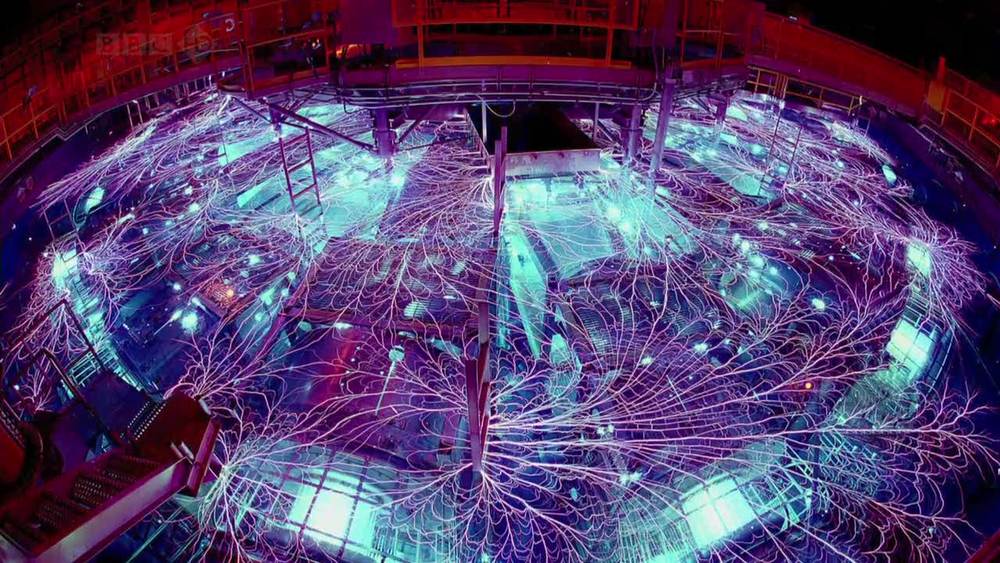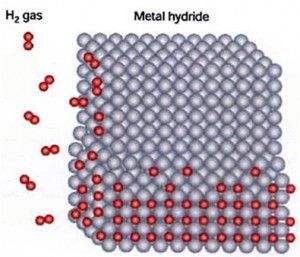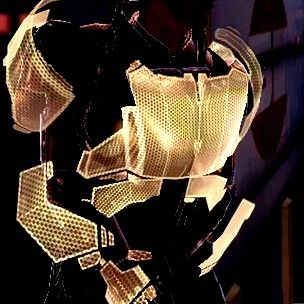Quantum supremacy sounds like something out of a Marvel movie. But for scientists working at the forefront of quantum computing, the hope—and hype—of this fundamentally different method of processing information is very real. Thanks to the quirky properties of quantum mechanics (here’s a nifty primer), quantum computers have the potential to massively speed up certain types of problems, particularly those that simulate nature.
Scientists are especially enthralled with the idea of marrying the quantum world with machine learning. Despite all their achievements, our silicon learning buddies remain handicapped: machine learning algorithms and traditional CPUs don’t play well, partly because the greedy algorithms tax classical computing hardware.
Add in a dose of quantum computing, however, and machine learning could potentially process complex problems beyond current abilities at a fraction of the time.







